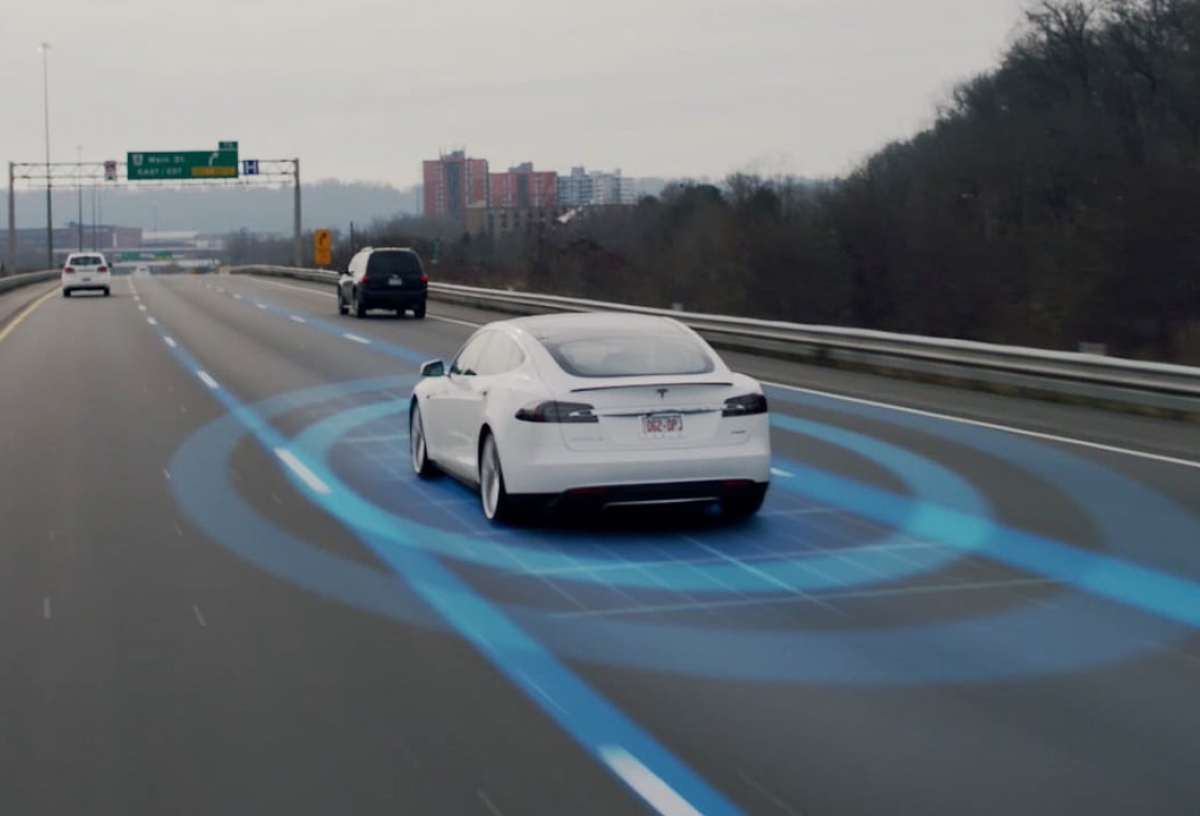Elon Musk has again delayed the launch of the long-awaited rewrite of Tesla’s autonomous driving system, the Autopilot. Among other improvements, the “new” Autopilot will include a more detailed labeling system that will allow the company to implement the functions of the FSD (Full Self-Driving or Total Autonomous Driving Capacity) more quickly.
“The improvements to the FSD will be a huge leap, as it will undergo a fundamental architectural rewriting, not an adjustment. I personally have the alpha version in my car. I hardly have to perform interventions between my home and work. Its limited public launch will take place in six to ten weeks,” said the executive.
Therefore, there is still at least a month and a half waiting for the new system to reach the public. In fact, until mid-December, the bulk of users in the United States will not receive this update in their vehicles, as long as there are no setbacks before, something that, on the other hand, would not be surprising in the development of such sophisticated technology.
“The private beta launch [will take place] in two to four weeks, the public beta (early access program users who choose to participate) four to six weeks after that, and then [will come] to all US Tesla owners as of mid-December. This depends on the absence of major and unexpected setbacks.”
On paper, the Total Autonomous Driving Capacity should allow the company’s vehicles to drive ultimately autonomously on any road: highways, secondary roads, urban areas. However, the release terms of this software continue to be a mystery.
Although Tesla assures that the current chip (HW3.0) produced by Samsung will be more than enough to allow the Total Autonomous Driving Capacity operation, the firm is already working on the HW4.0 chip be manufactured by the Taiwanese company, TSMC. Its mass production will begin in the fourth quarter of 2021.

